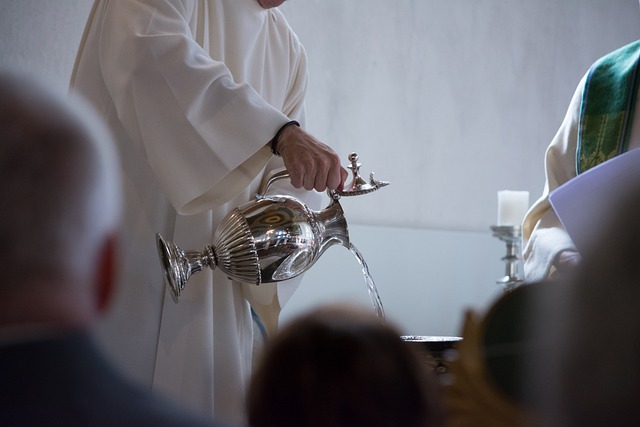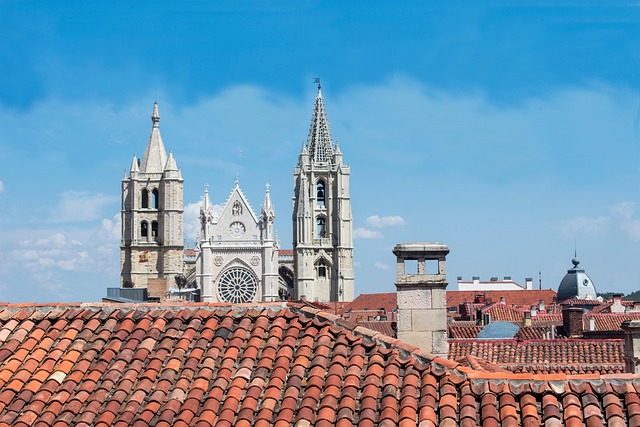In the vast tapestry of human experience, rituals weave a thread of meaning that connects us to something greater than ourselves. Within various religions, the worship point serves as a sacred focus—a physical or symbolic space where the divine presence is acknowledged and honored. This concept extends beyond mere location; it represents the heart of devotion and the anchoring of spiritual intent.
Whether it’s a humble altar in a quiet corner of a home, a grand temple’s sanctum, or the resonance of a natural setting like a mountain peak or flowing river, the worship point becomes a threshold between the earthly and the transcendent. The act of approaching this place, often through established rituals, crafts a journey inward. It’s in these moments that many find a profound connection, a stillness where the sacred becomes palpably real.
Rituals surrounding the worship point carry multiple layers of significance. They nourish the spirit, provide structure to communal gatherings, and often encode a group’s shared values and history. As worshipers perform specific rites—lighting candles, chanting prayers, or making offerings—they embody a timeless dialogue between human vulnerability and divine mystery.
Religion, in this way, offers a palette of rituals that help identify and sanctify the worship point. It anchors the fleeting human yearning for connection with permanence and continuity. Recognizing and creating our own worship points, both external and within, invites us to slow down, reflect, and participate in an ancient rhythm that has carried humanity through joys and sorrows alike.



